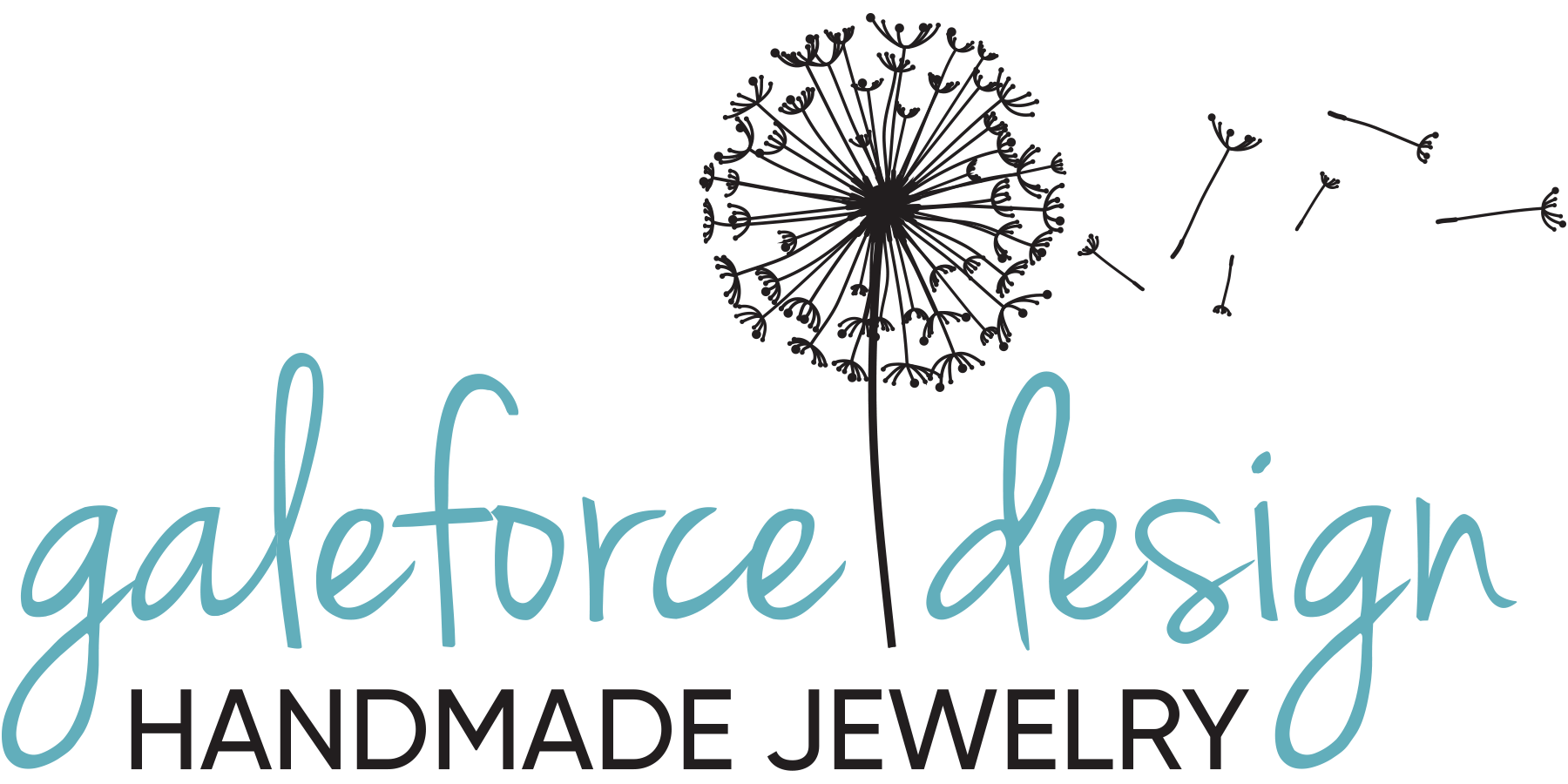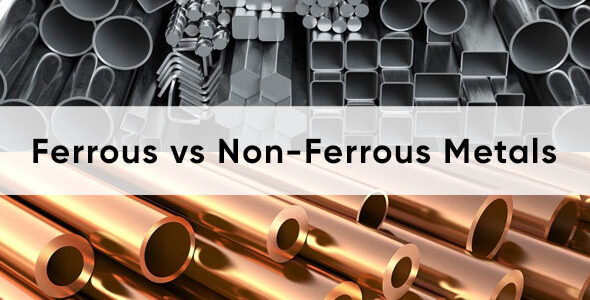
In the world of metals, the distinction between ferrous and non-ferrous materials reveals much about what shapes our lives and adorns our bodies. Let’s explore these categories and celebrate their unique qualities.
Ferrous Metals: The Backbone of Strength
Ferrous metals, primarily made of iron, stand out for their strength and durability. This category includes several notable metals:
- Iron: The core ferrous metal, often serves as a base for many alloys. It plays a vital role in construction and tools due to its malleability.
- Cast Iron: With higher carbon content, cast iron excels in casting. People use it in cookware, like frying pans and Dutch ovens, as well as in pipes and machinery because of its resilience.
- Wrought Iron: Known for toughness, wrought iron is popular in decorative applications like railings and gates. Its ability to shape easily appeals to artisans.
- Alloy Steels: These include various steel combinations, enhancing specific properties. Stainless steel resists rust, making it ideal for both jewelry and kitchenware.
- Tool Steel: Designed for making tools, this steel is hard and resists abrasion. Its applications in manufacturing and engineering showcase the versatility of ferrous metals.
- Carbon Steel: Valued for its strength, carbon steel finds use in construction and manufacturing. Its robustness suits heavy-duty applications.
Non-Ferrous Metals: The Elegance of Variety
Non-ferrous metals shine with unique beauty and corrosion resistance. Copper, gold, silver, bronze, brass, and aluminum enrich jewelry and serve significant roles elsewhere:
- Copper: This ancient metal, with its reddish-brown hue, is popular for electrical wiring, plumbing, and roofing, alongside its artistic appeal in jewelry.
- Gold: Known for its luxurious look, gold is also highly conductive. People value its malleability for intricate jewelry designs.
- Silver: This versatile metal features prominently in jewelry, photography, electronics, and medical applications due to its antibacterial properties.
- Bronze: An alloy of copper and tin, bronze has served in tools, weapons, and decorative items for thousands of years. Its strength makes it ideal for sculptures and jewelry.
- Brass: This copper-zinc alloy has a gold-like appearance and is often used in decorative items, musical instruments, and plumbing fixtures due to its malleability.
- Aluminum: Lightweight and corrosion-resistant, aluminum finds use in aerospace and packaging. Its modern aesthetic makes it popular in contemporary jewelry designs.
The Dance of Elements
The interplay between ferrous and non-ferrous metals illustrates the wide range of materials that enrich our lives. Whether it’s the strength of ferrous metals in construction or the elegance of non-ferrous metals in jewelry, each material tells a story of craftsmanship.
Next time you appreciate a piece of jewelry or encounter a sturdy tool, consider the journey of the metal that created it. Each element, from robust cast iron to shimmering silver, contributes to a rich tapestry of human experience and creativity.


